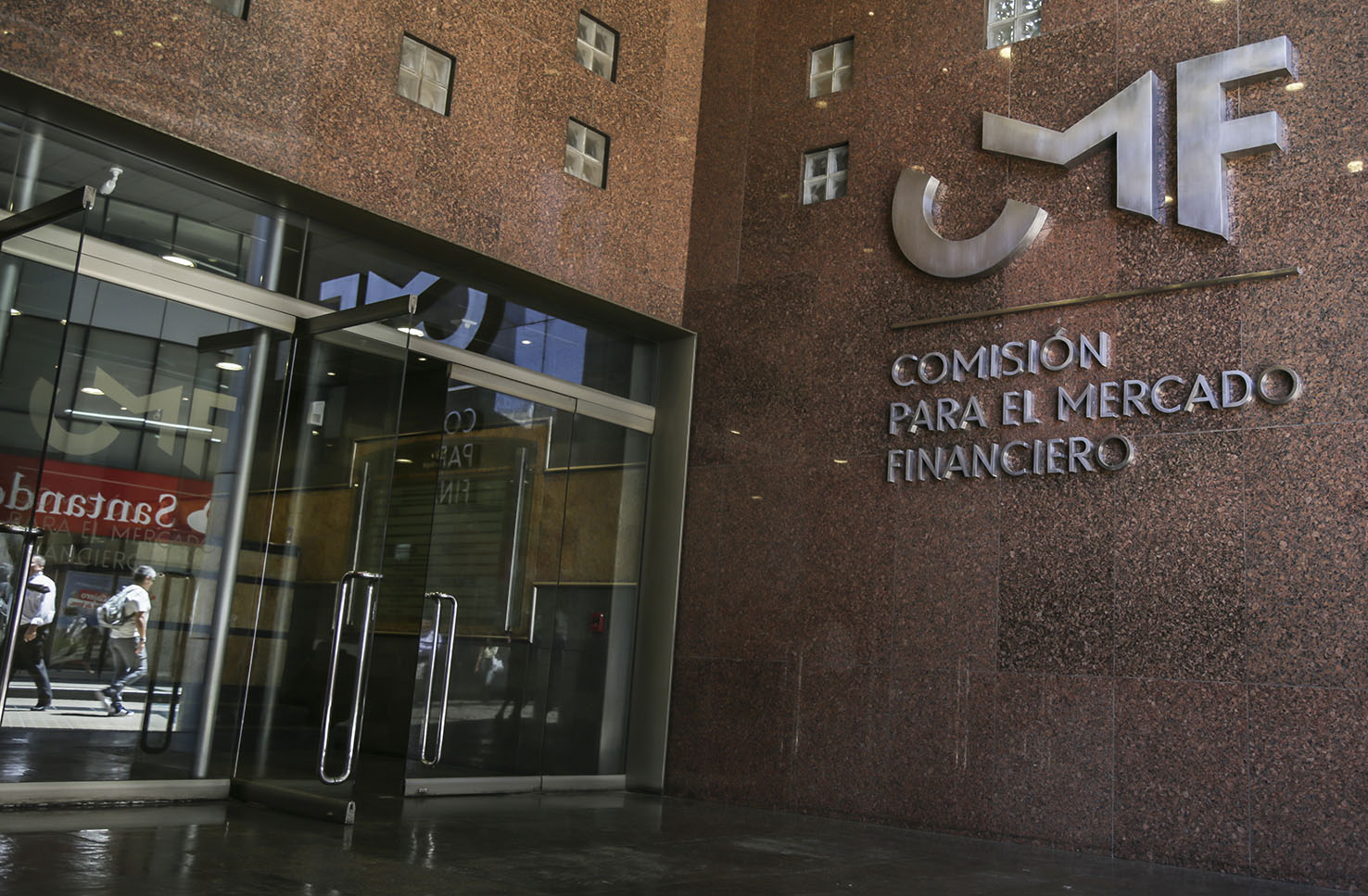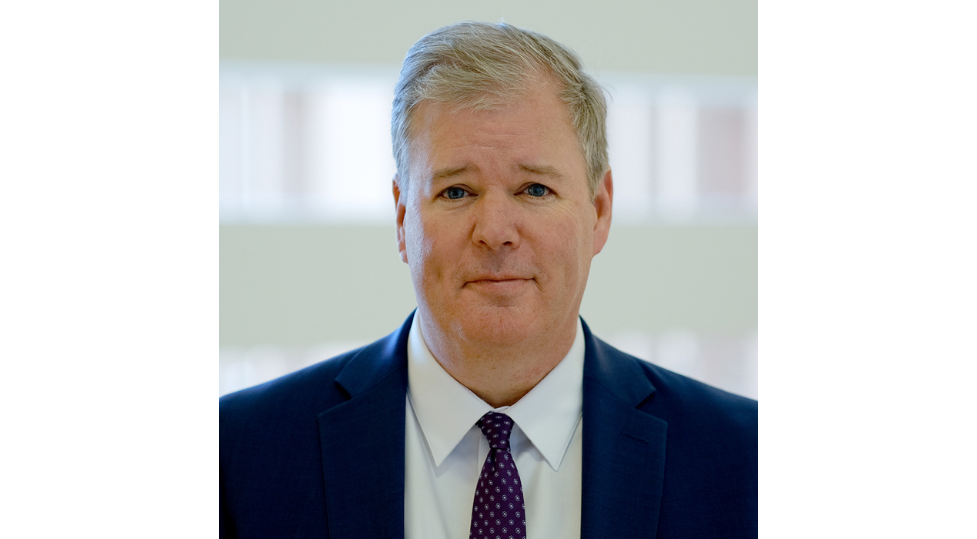Lastly, as Moëc points out, “a shift toward sovereignty in defense matters for Germany and Europe implies a strong sense of political direction in Berlin.” The economist highlights the “profound change in Germany’s strategic defense doctrine” under the next German Chancellor, Friedrich Merz, of the CDU, a party that, as Moëc notes, “has historically been the strongest advocate for alignment with the United States on defense matters.”
According to Ebury, since the formation of a majority government is not expected, perhaps the biggest risk for financial markets is the possibility that coalition negotiations will be prolonged, potentially lasting weeks or even months. “In 2017, the grand coalition government took office almost six months after the elections, following the failure of coalition talks between the CDU/CSU, the Greens, and the Free Democrats. Similarly, after the 2021 elections, the ‘traffic light’ coalition government was formed after 73 days. Markets do not react favorably to uncertainty, and as usual, a prolonged period of political uncertainty could weigh on the euro, as it would delay the necessary reforms to lift the economy out of its slump,” they state in their latest report.
Germany’s Challenges
What will happen with the other challenges facing Germany? According to Stefan Eppenberger, senior strategist, and Michaela Huber, cross-asset strategist at Multi-Asset (a Vontobel boutique), when it comes to much-needed reforms, the decisive factor for the German economy (and financial markets) will be whether the new government alters the debt brake. According to Article 115 of the Grundgesetz, the federal government has a “strictly limited structural borrowing margin, meaning it is independent of economic conditions.” Specifically, this means that the “maximum net borrowing allowed” is limited to 0.35% of GDP.
“In addition to greater fiscal policy stimulus, financial markets expect a corporate tax cut, a reduction in bureaucracy, lower electricity costs through reduced grid and energy tariffs, and labor market liberalization. However, much of these measures are likely to be difficult to implement under the new coalition government,” explain the two experts.
Meanwhile, David Kohl, chief economist at Julius Baer, adds: “A new conservative-led government will have the opportunity to address some of Germany’s economic challenges, such as investment shortages and high labor costs.” However, he believes the political shift’s impact may easily prove disappointing, as challenges such as an aging workforce, a skilled labor shortage, and regulatory burdens persist. “We expect a return to economic growth in 2026, and moderation in wage agreements should lead to disinflationary forces,” Kohl adds.
According to Pedro del Pozo, director of financial investments at Mutualidad, “Germany’s economic woes would make much more sense to be addressed with a more active fiscal policy, including allowing for higher borrowing for investment—something that, given the country’s fiscal health, is perfectly feasible.” He also believes that “the main reason that will lead the ECB to cut rates remains the improvement in inflation data, especially considering the ECB’s own projection for price developments in Europe, which should stabilize at a 2% increase by the end of the year.”
Implications for Assets
Given this context, DWS believes that the policies outlined in the final coalition agreement—and, more importantly, their eventual implementation—will be decisive for the markets. “For German and, indeed, European public debt, we foresee a limited impact, though the swift formation of a new government and subsequent reforms would be seen as positive for long-term growth prospects. Similarly, the impact on currency markets appears moderate. Regarding corporate credit, we do not see a significant impact, whether or not a government is formed quickly. Germany represents 14% of the iBoxx Euro Corporate Index, which is well-diversified in terms of sectoral exposure,” they state in their latest report.
Regarding the impact on equities, they note that there may be some disappointment that the Christian Democrats did not secure a stronger mandate for greater deregulation and reduced wealth redistribution. “But even such reforms would have had little immediate impact on earnings expectations. In any case, and especially for European equities in general, the most important question will likely be how quickly the continent’s largest economy can form an effective government amid, for example, U.S. tariff threats,” they add.
In this regard, BlackRock Investment Institute shares a similar assessment. “European stocks have outperformed their U.S. counterparts this year and are much cheaper relative to historical valuations than they have been in decades. With much bad news already priced in, even the prospect of good news could help push them higher. German fiscal stimulus may still be a long way off, but regional markets will welcome greater political clarity,” they state in their latest report.
Additionally, they recall that a de-escalation of the war in Ukraine could lower energy prices and stimulate European growth. “The EU now has a sense of urgency that typically drives action: an extraordinary defense summit will be held next week. The European Central Bank is expected to further cut rates this year, as eurozone growth remains sluggish and inflation has declined. We maintain our relative preference for eurozone bonds over U.S. Treasuries, especially long-term bonds,” they indicate.
Finally, DWS asserts that for private infrastructure, a quickly formed government focused on project execution would be crucial. “In the real estate sector, we highlight the restrictions on how quickly residential rents can rise in high-demand areas. The outgoing government had already planned to extend these restrictions until 2029 under relatively favorable conditions for landlords. Given the significance of rent control as an election issue—especially in terms of mobilizing support for The Left—we would not be surprised to see slightly stricter regulations than previously planned,” they conclude.











